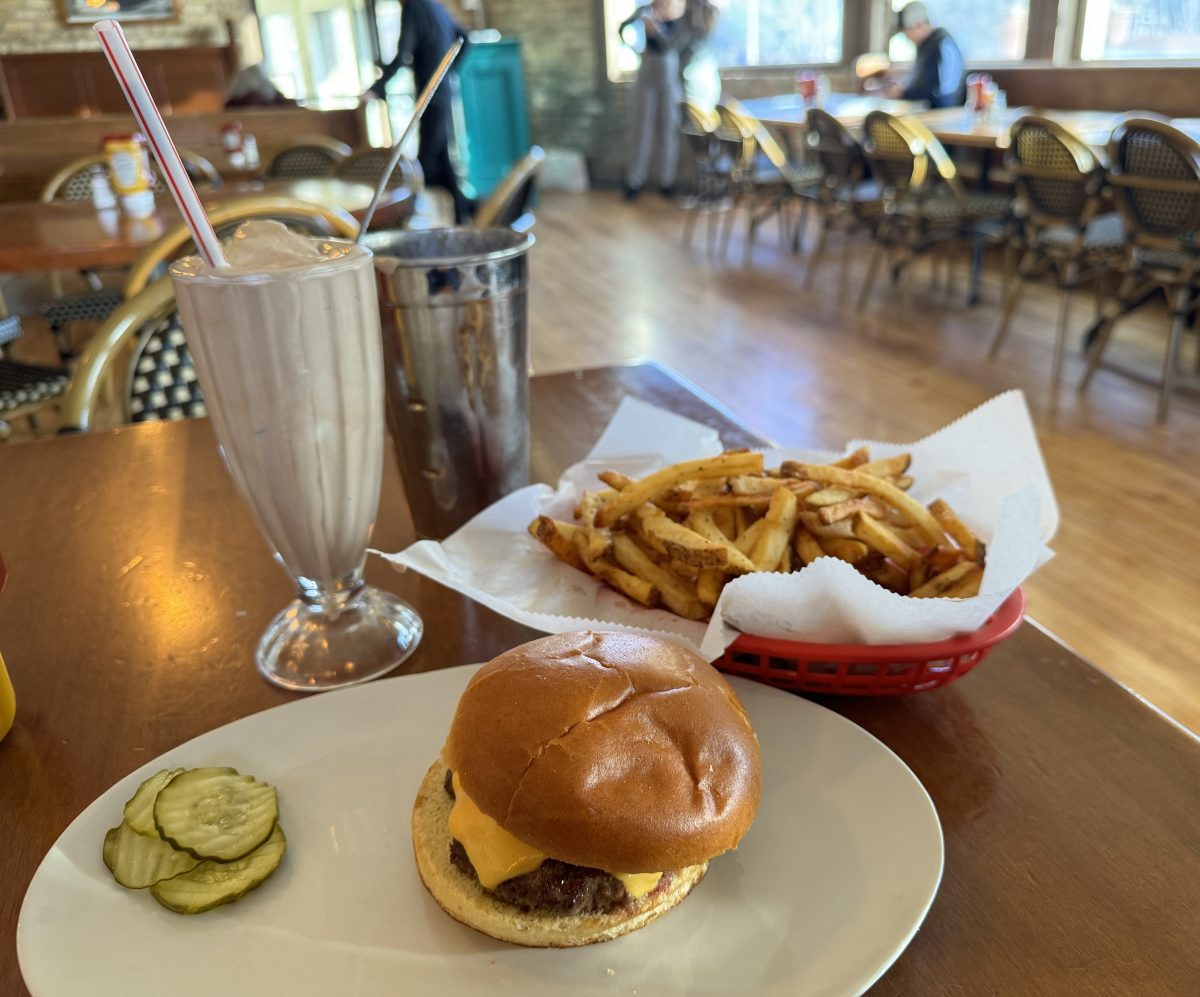With the concept of gut health currently trending on social media platforms and among influencers, the University of Minnesota is conducting an ongoing study about how exercise may influence the bacteria living in the guts of individuals with prediabetes.
The ActiveGut study was started in September of 2021 to determine if the changes in one’s microbiome, which is the community of microorganisms in the gut, as a result of walking are correlated with lower blood pressure and cholesterol levels.
The ActiveGut Study: Can physical activity change the composition of microbes in our gut?
Ryan Demmer, a University researcher and associate professor in the Division of Epidemiology and Community Health, is a co-author of the study, which aims to identify a pattern of gut microbes that could predict which individuals who are or think they are pre-diabetic will respond positively to exercise.
“We want to see if those potential changes in the gut microbiome are related to the benefits of physical activity,” Demmer said.
Walking is the type of exercise used in the study, and each participant will be assigned to one of two groups, according to Demmer. One group will maintain a normal level of activity, while the other group will be prescribed a walking program.
Demmer said he hopes to discover if exercise resulting in lower blood sugar levels and other internal health benefits is linked to changes in the gut.
He said each participant continues on one of the two tracks for eight weeks, during which researchers measure gut microbes from a provided stool sample.
“If you are in the walking intervention group, you would be asked to walk for 30 to 45 minutes, about three times a week,” Demmer said. “We ask everybody in the study to use a Fitbit, which we provide, which allows us to monitor how much actual walking activity they are engaged in on a daily basis.”
Green supplements, prebiotic sodas and apple cider vinegar: Do they “work”?
Demmer said in general, there is very little evidence to support products marketed to improve gut health actually work.
“I can almost guarantee you that the particular product has not gone through rigorous scientific study in large groups of people and demonstrated that the people who take it have healthier guts and live longer lives,” Demmer said.
Abigail Johnson, assistant professor in the Division of Epidemiology and Community Health, said the answer to whether these products will be beneficial is complicated and depends on an individual’s gut microbiome or how their gut responds to a specific food. She said it is still too early to conclude whether a certain food or drink is “good” for your gut, and much of the current marketing around gut healthy foods and drinks is a bit “premature.”
“This is because we don’t know exactly what a healthy gut microbiome looks like,” Johnson said. “We have some clues, as we think that a gut microbiome that has lots of diverse species is probably a good thing.”
Johnson said drinking prebiotic sodas that contain fermentable fiber such as OLIPOP may cause discomfort because a byproduct of fermentation is commonly gas production.
“In research surrounding this topic, we see trends in numerous studies that show that what’s beneficial for your gut is not eating foods that have been supplemented with fiber…it’s eating a variety of fruits and vegetables,” Johnson said.
The importance of a fiber-rich diet, tips and tricks for the college student
Amanda Kabage, member of the Microbiota Therapeutics team at the University has been personally affected with a potent bacterial infection in her gut: C. difficile, which is an infection caused by spore-forming bacterium. She was not responding to antibiotic treatments and was sick for 14 months, which prompted her to go back into gastroenterology.
Kabage said she emphasizes meeting the daily recommended amount of fiber because most Americans consume fewer than 10 grams of fiber a day. The daily recommended amount is at least 25 grams.
“We want to feed our microbes, and microbes primarily feed off fiber,” Kabage said. “When it comes to gut health, we want to keep our microbes happy.”
Johnson said she recognizes the potential low budgets of students for grocery shopping. The minimal access to food preparation and limited access to nearby grocery stores.
“I would recommend going to the grocery store and stocking up on cans of black beans and chickpeas,” Johnson said. “A simple recipe would be to take some canned chickpeas, olive oil, cherry tomatoes, salt, pepper and cucumbers to make a nice, low-prep chickpea salad.”
Kabage said fermented foods, such as kimchi, sauerkraut and yogurt are also great for the gut.
“If you stick to looking at fiber, you’re going to find yourself in general eating fewer fats and sugars because high fiber foods are really healthy,” Kabage said.
If you have or think you may have pre-Diabetes and would like to contribute to University research regarding the influence of physical activity on the microbiome, check out the Activegut study.























